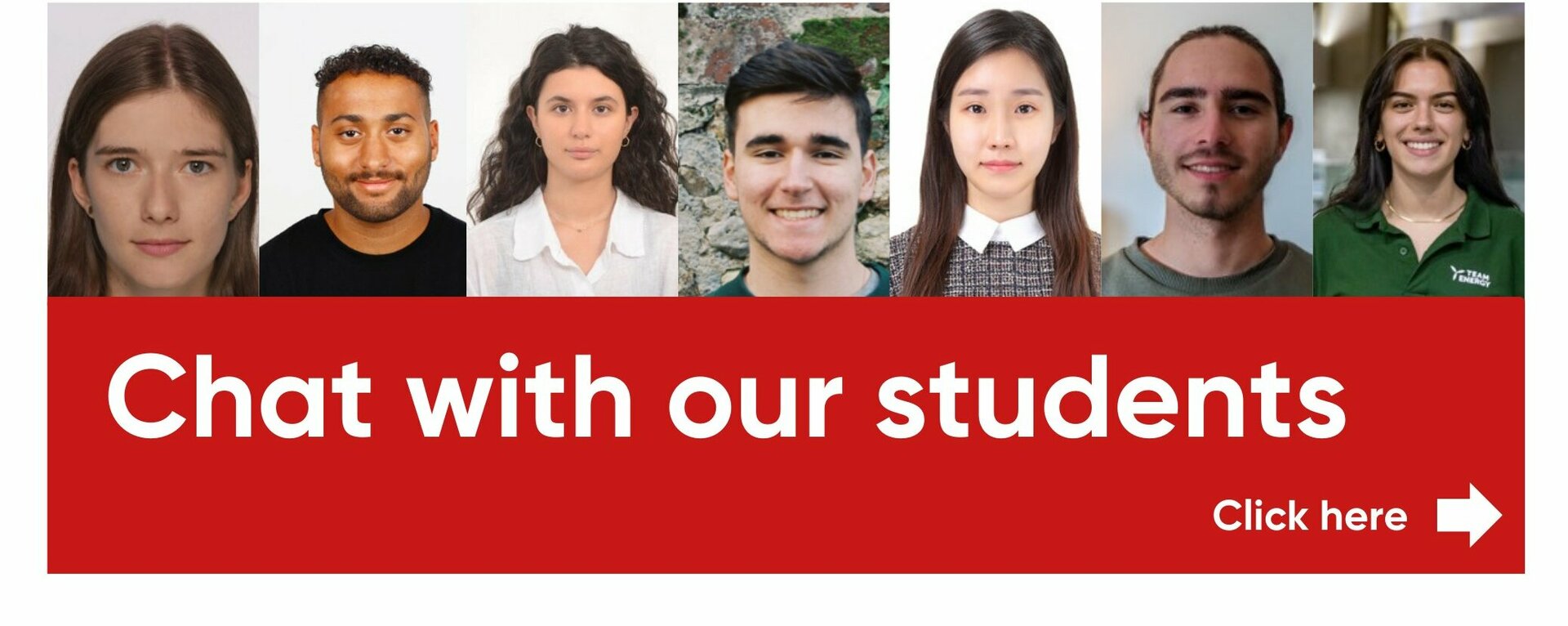Architecture, Urbanism and Building Sciences is closer to you than you might think. Have a look around. The house and neighborhood you live in, the school you go to or the mall you buy your clothes at; you are surrounded by architecture, urbanism and building sciences. This is what makes the bachelor's program Architecture, Urbanism and Building Sciences (AUBS) so interesting.
What's in the program?
During your studies you discover how our living environment is constructed and how it is ever changing. You also get an insight in the way we adjust or reconstruct buildings, neighborhoods or entire cities. Based on the ever-changing demands of the residents and users and with the help of the latest technological advancements.
Multidisciplinary education
The bachelor's degree Architecture, Urbanism & Building Sciences is versatile and challenging. It is a mix of theory and practice, thinking and doing. The disciplines you will be studying include:
- Architecture
How do you construct a sustainable building based on the wishes of the users and using the latest technologies? - Urbanism
How do you design a city, taking into account economic, social, political and environmental requirements? - Building Sciences
The design methods that lead to a sustainable, healthy, comfortable and productive indoors and outdoors living environment. - Structural design
Study aspects of material efficiency and sustainability, construction renovations, safety and the reliability and optimization of structures. - Real estate
Learn how to develop a people-oriented environment that is prepared for the challenges our ever-changing world faces.
Due to this multidisciplinary way of working, you are able to gain a broad insight in the design of buildings, houses, offices, museums or even entire neighborhoods. You will deepen your knowledge about the technology, design and the construction process.
You learn about the cohesion between various disciplines during design projects. You will also discover which discipline best fits you and where you want to develop your knowledge during the second year. During the third year you learn how to combine the various specialisms. For instance, by working in teams to complete multidisciplinary design assignments.
After graduating, you receive your Bachelor of Science in Architecture, Urbanism and Building Sciences. Do you want to know more? Check out the Course structure for more information.
Technology at TU/e: innovative and creative
At TU/e you learn to think about innovation in the building industry. Therefore, we are looking for students who know technology and are creative and care for social causes as well. Students have a good experience with TU/e. It is relatively small but offers ample space to design your own academic pathway. Right from the start of your program, you have the possibility to design your own program with specialized courses inside your study track or outside. This space for electives gives you the chance to create your own academic pathway.
During your studies you work in teams to solve structural design challenges. In other words; you translate the technical know-how into concrete solutions for a societal issue. Sometimes together with students from inside your program and sometimes in multidisciplinary teams with students from different programs. This way, you are already well-versed in combining technology with the world around us before you even start your career, which is exactly what the world needs right now. This leaves you with great job opportunities after graduating. Especially at the Brainport Eindhoven: the technical hotspot of Europe where TU/e is located. There is a reason TU/e is among the top European institutions when it comes to collaborating with the business sector.
Who are you?
The building industry is a fascinating, innovative environment with a diverse set of disciplines. This is why we are looking for students who are able to think outside of the box and are not afraid to turn the world upside down. The building industry always needs people who think differently, professionals who dare to make a difference.
As an Architecture, Urbanism & Building Sciences student, be prepared to put in the effort. You successfully completed your pre-university certificate, including mathematics B and physics. Affinity with architecture, urbanism and structural engineering is a requirement, experience with building sciences or drawing will come in handy. You have to pass the selection procedure before being admitted to the bachelor's program. For more information, please visit the Admission and Enrolment page.
What do you want to be?
With a degree in Architecture, Urbanism & Building Sciences you have a broad base as structural engineer. Most of our students pursue a master's degree before starting their careers. The potential work field ranges from government to architectural firms and from housing associations to construction companies. Check out the possibilities on the After graduation page.
Visit us
Do you want to stay informed about important information about studying at TU/e and upcoming events? Then create an account in MyStart@TU/e!
Chat with our students
Study in figures
Show Transcript-
3,8
Student satisfaction on a scale 1 to 5
-
230
Number of first-year students
-
18-24
Contact hours in first year
-
87%
Advancement to second year
-
64%
Degree obtained within 4 years
-
94%
Follow-up education
Study association CHEOPS
The department of the Built Environment has its own study association called CHEOPS, that protects the interests of students. They try to show you your future subject area from a different angle. For instance, through excursions, lectures, symposia and a field trip. In addition, the study association strengthens the bonds between you and your fellow students by organizing weekly meet-ups, sports events, field trips and parties. This allows you to explore your professional future outside of the campus buildings. For more information, please visit the CHEOPS website.
Others visited
Not sure if this program is the perfect fit for you? Other prospective students also looked at:
Contact

This program is NVAO-accredited. In the Netherlands, the NVAO assesses the internal quality assurance of universities and colleges and the quality of their programs.
